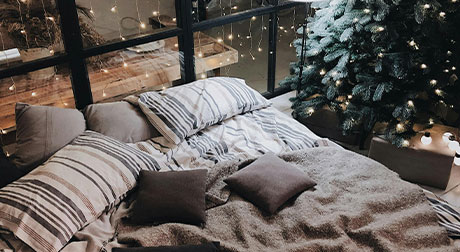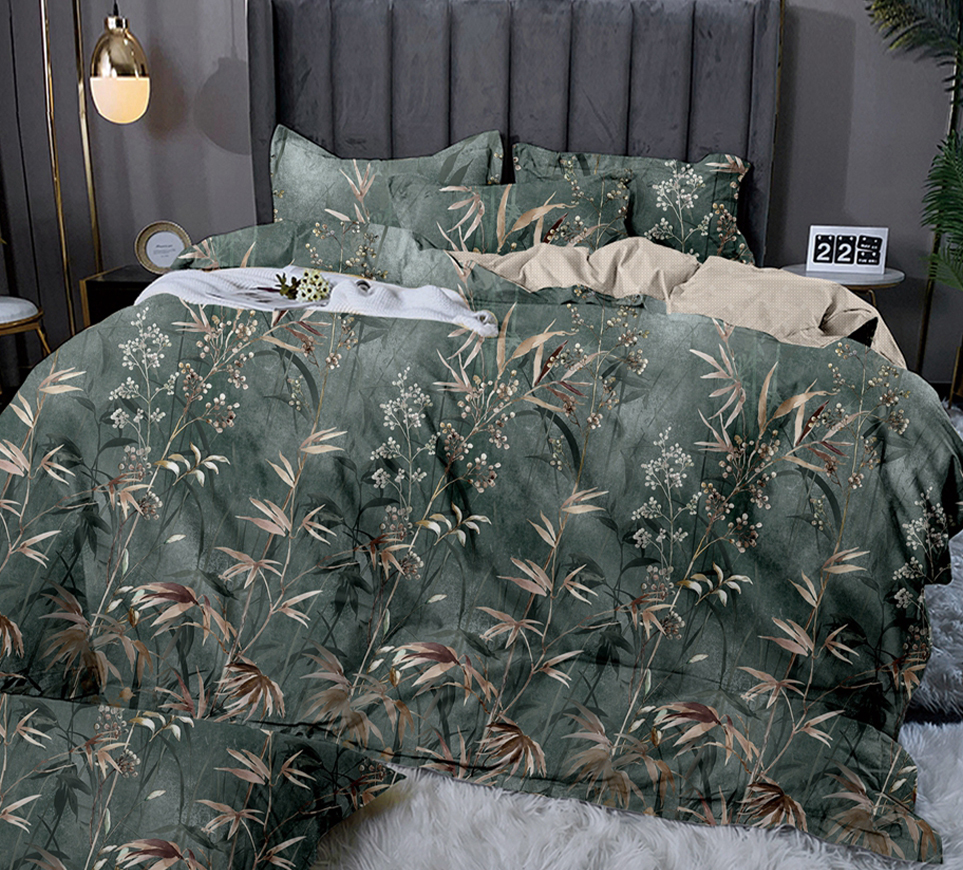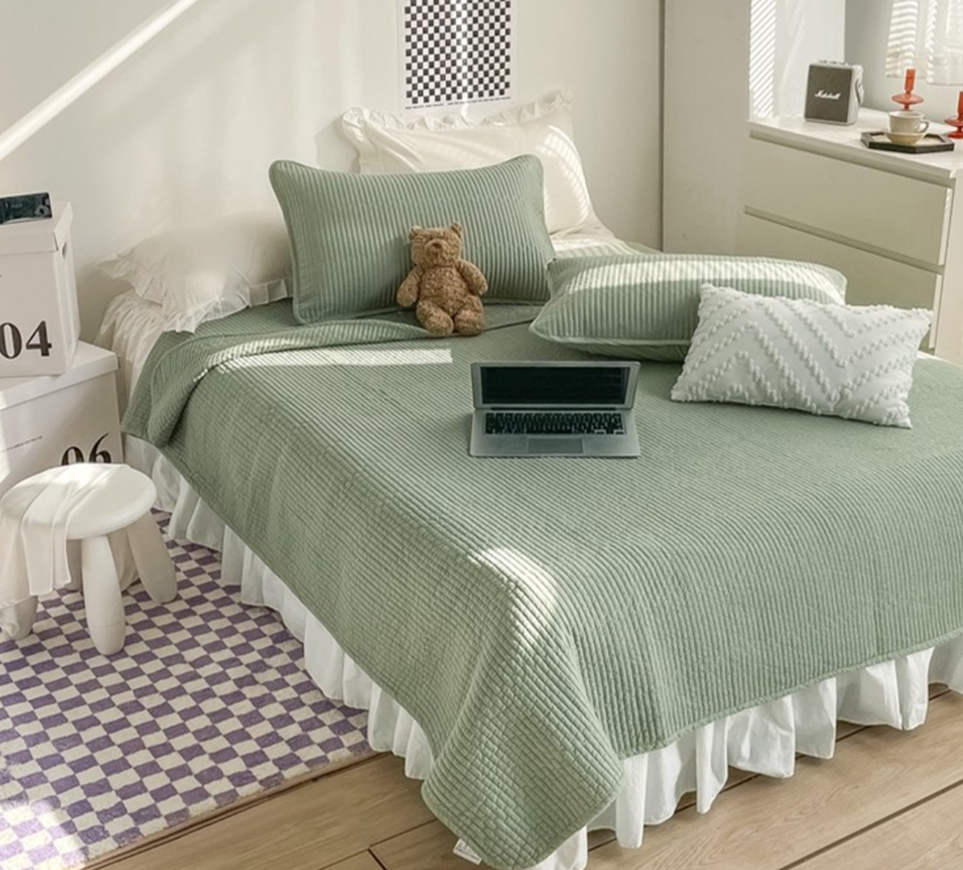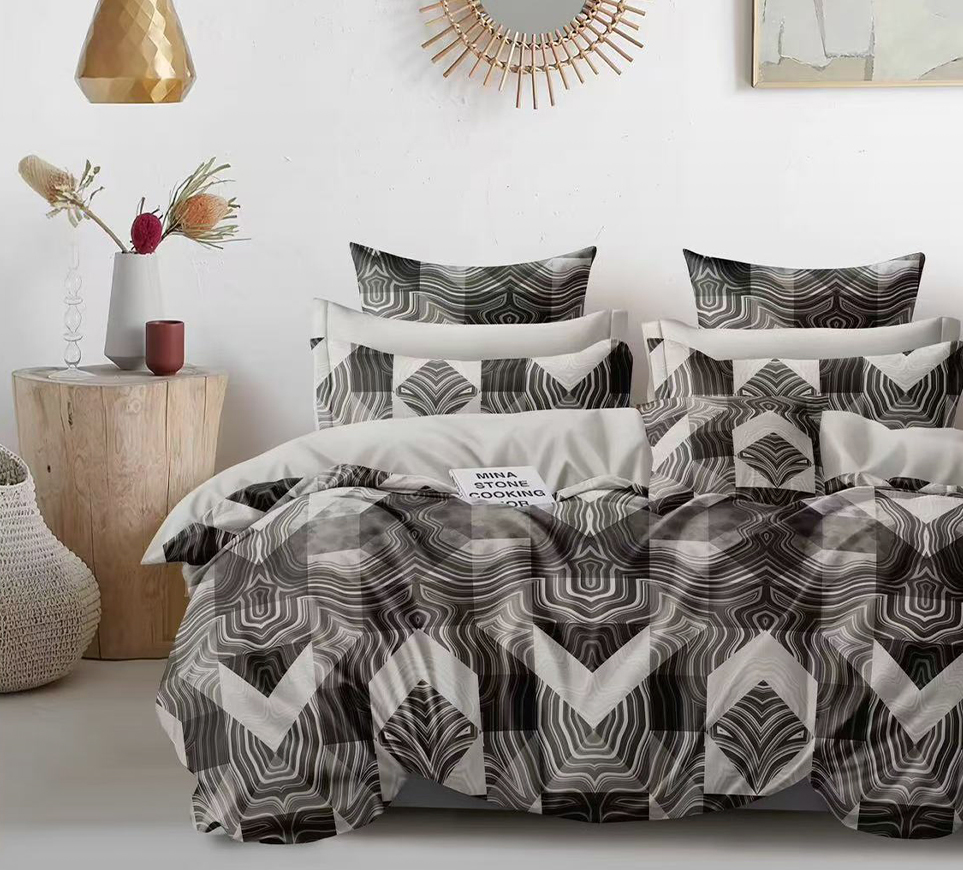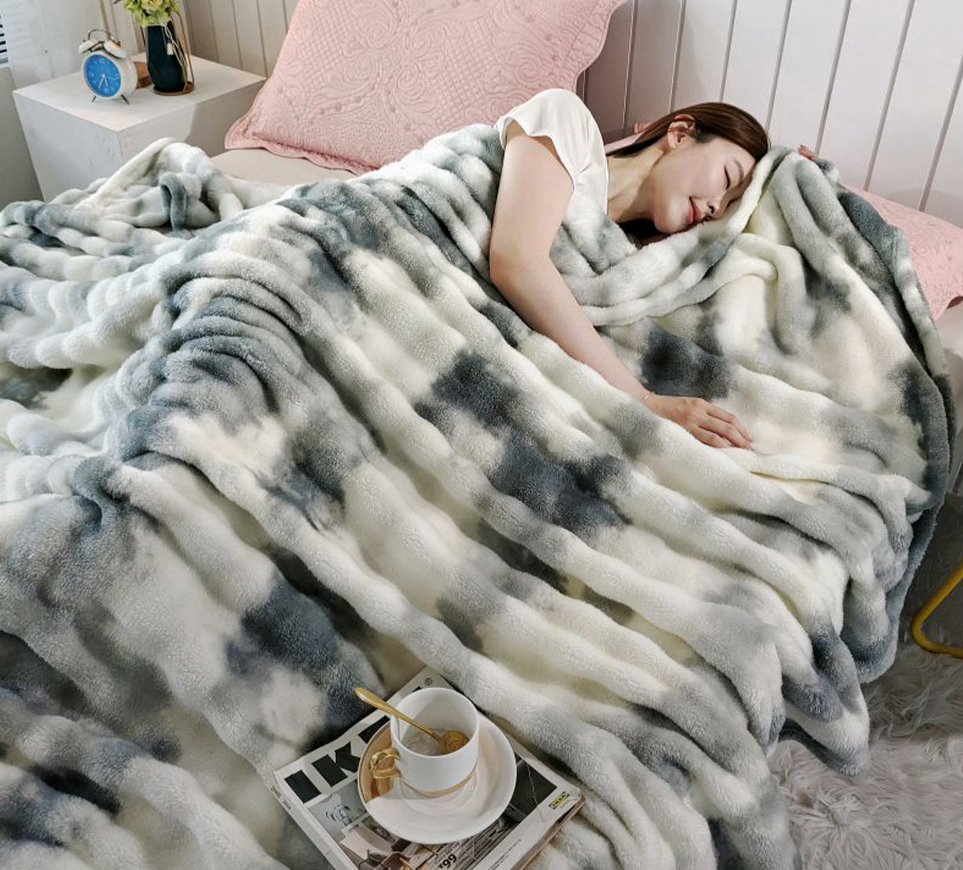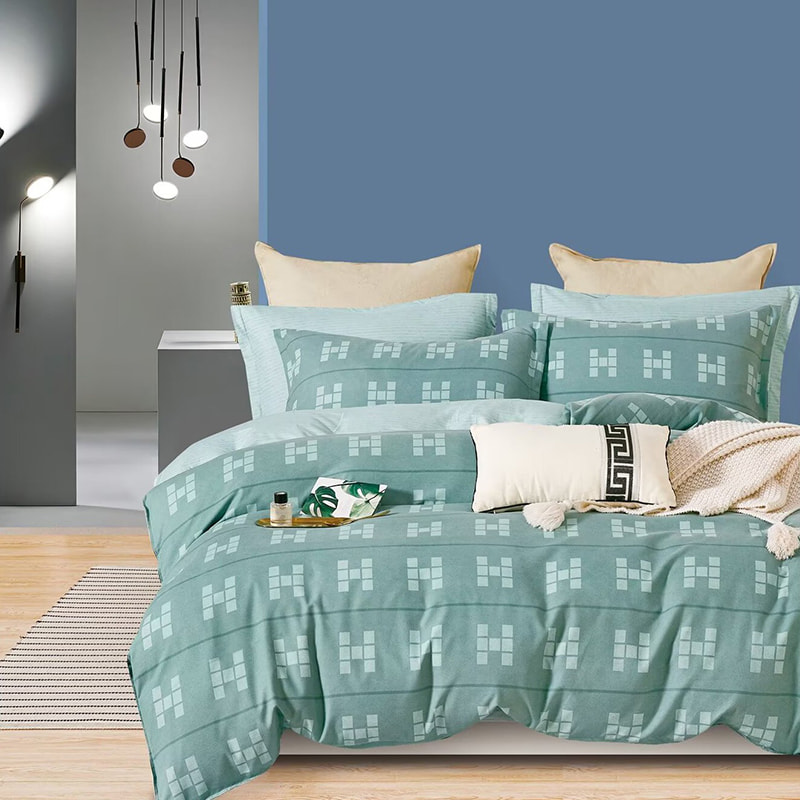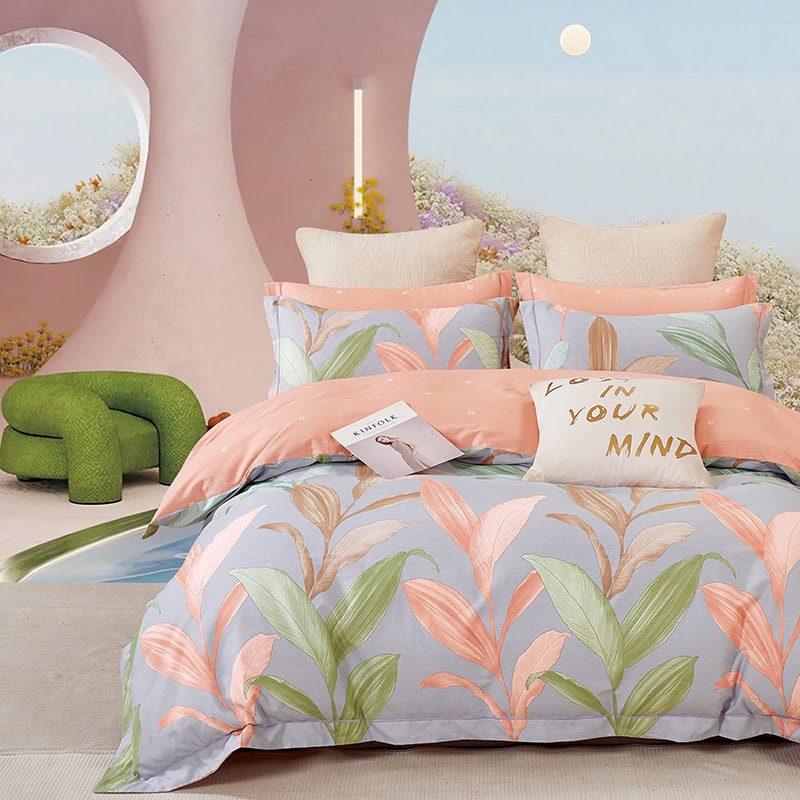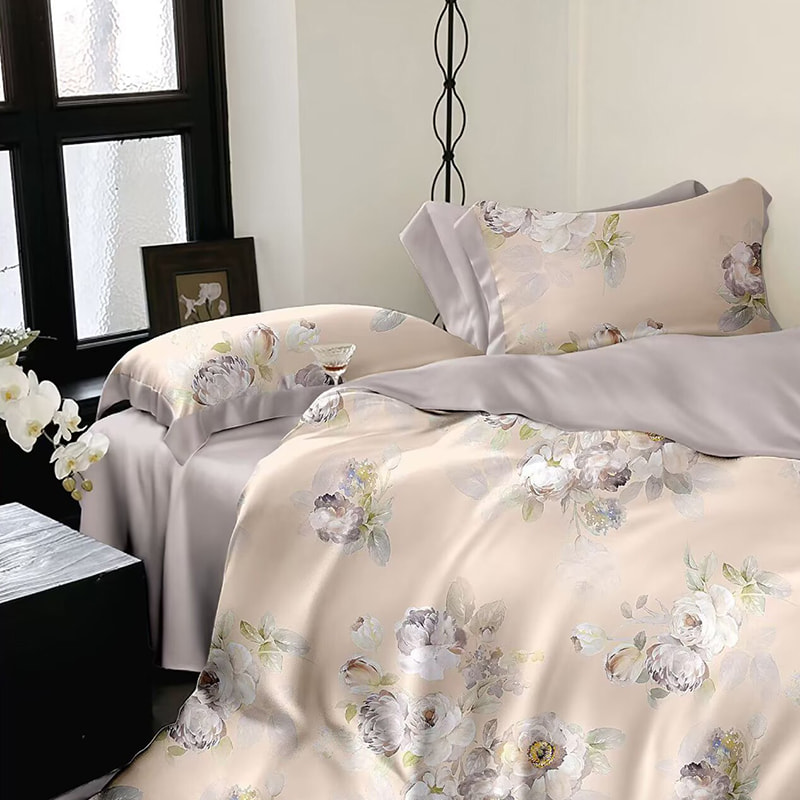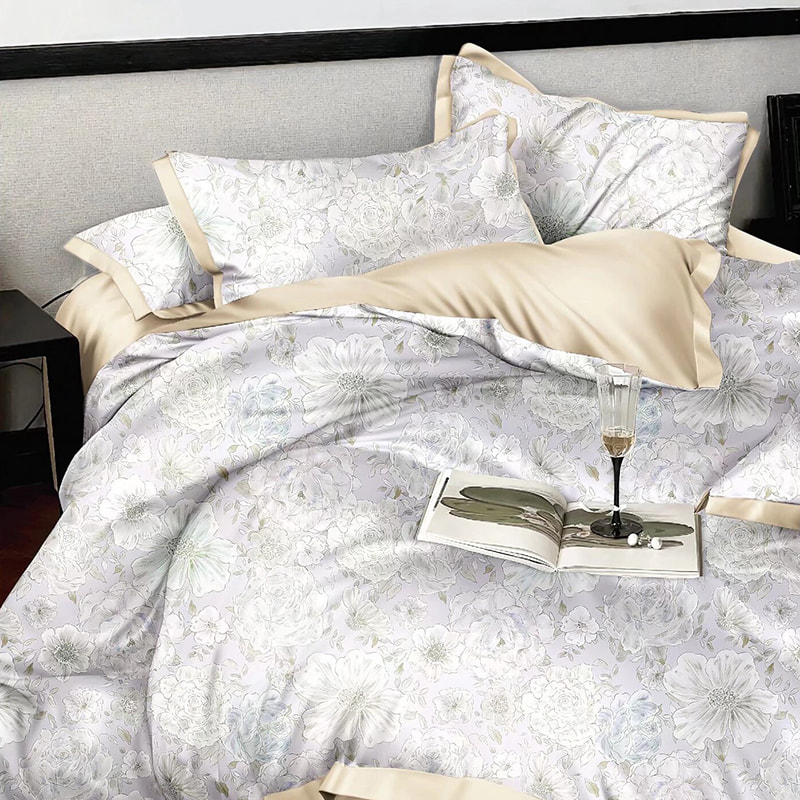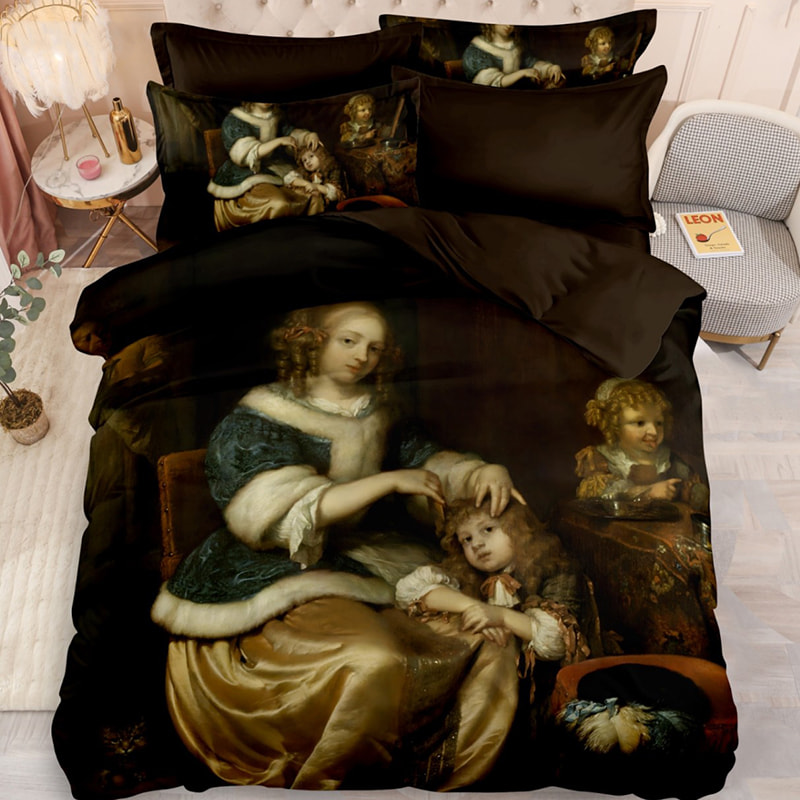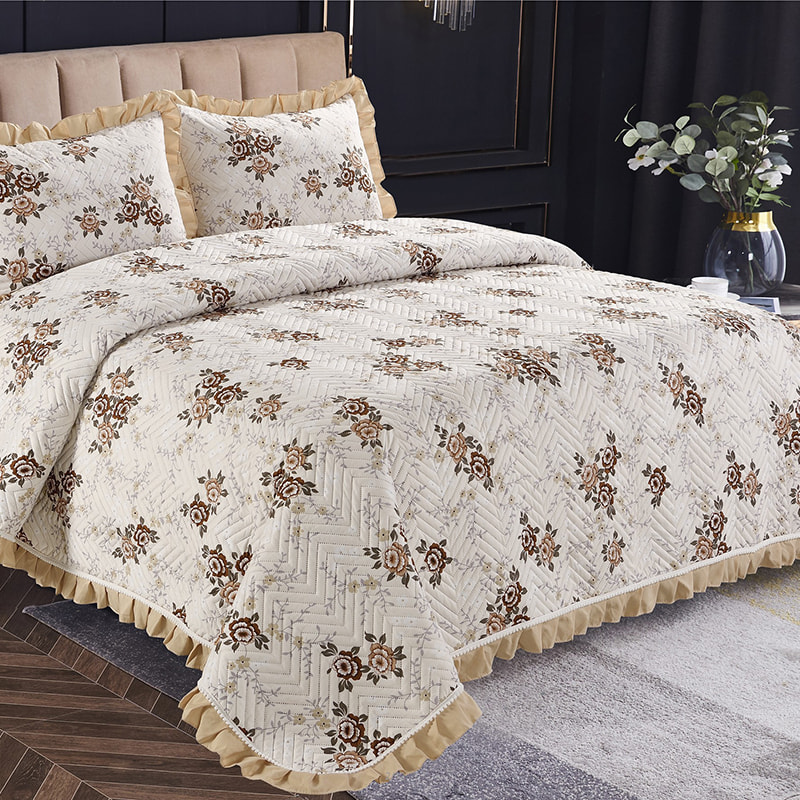FunctionFast dry and easy to care: Not easy to shrink, no ironing and anti-wrinkle, fast drying after machine washing.Durable and fade resistant: Strong wear resistance, high color fastness, long-term...
See DetailsWhat are the common materials used for hotel linen?
Common Materials for Hotel Linen
1. 100% Cotton: 100% cotton is the mainstream material for hotel bedding. Its long fibers are moisture-wicking and breathable, and it has a soft feel. It is commonly used in guest room sheets, pillowcases, and other items. Long-staple cotton (such as Egyptian cotton) has longer fibers, greater strength, and a silky luster, making it ideal for high-end hotel bedding.
2. Cotton/Polyester Blend: Blending cotton with polyester combines the comfort of cotton with the wear resistance and wrinkle resistance of polyester. This blend is relatively low-cost and is often used for bulk guest room linens.
3. Satin: Made from high-count yarns through a special weaving process, this fabric creates a smooth, lustrous feel with a fine drape. It is widely used in high-end products such as bed sheets and quilt covers in five-star hotels.
4. Other Fibers: These include linen, bamboo, and 100% polyester. Hemp fiber offers excellent breathability and antibacterial properties; bamboo fiber is soft and naturally antibacterial; and 100% polyester is known for its abrasion resistance and quick drying properties, making it commonly used in bathroom towels and dining linens.
How can you determine the durability and lifespan of hotel linens?
Key indicators for determining the durability and lifespan of hotel linens
1. Washing frequency benchmark: Different materials have a clear upper limit for the number of uses under standard washing conditions. All-cotton sheets can be washed approximately 130–150 times, cotton/polyester blends approximately 180–220 times, towels approximately 100–110 times, and tablecloths and napkins approximately 120–130 times. Exceeding this limit can cause fiber loosening, pilling, or dulling.
2. Yarn count and fabric density: Yarn count (e.g., 60S, 80S) and weave density directly impact the strength and wear resistance of linens. The higher the density and the finer the yarn count, the tighter the fabric and the longer its lifespan. High-quality hotel linens are often identified in bidding documents using parameters such as 60S, 80S, or 200 (92+92).
3. Signs of wear and tear and inspection: Common signs of wear and tear include small holes, fabric thinning, color fading, pilling, or loose fibers. Visual and tactile inspections can identify these signs and determine whether to repair or scrap linens.
4. Maintenance measures: Using detergents correctly, controlling wash temperatures, avoiding contact with corrosive substances, loading laundry properly, regularly inspecting laundry equipment, separating new and old linens, and washing in separate batches can significantly extend the lifespan of linens.

 English
English Español
Español عربى
عربى